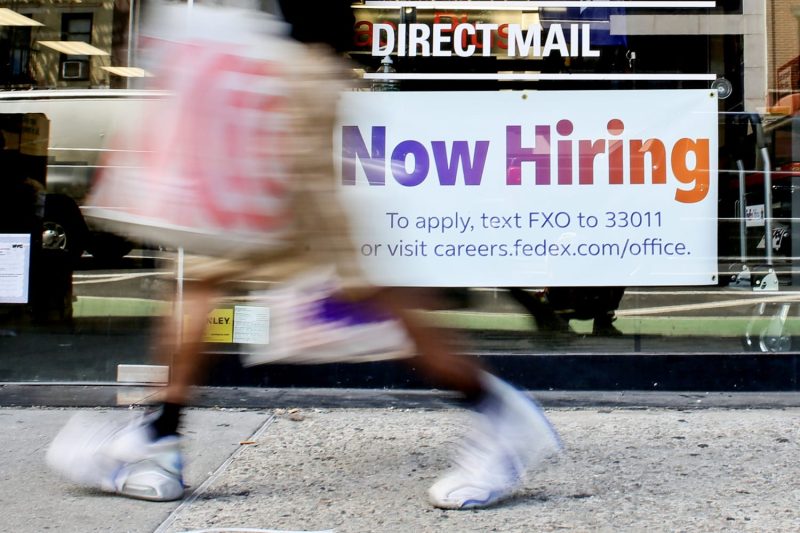In the heart of the federal government’s recent revelation is a sobering fact that the American economy has been less of a job generator than previously thought. New numbers show that it underperformed by creating 818,000 fewer jobs than initially estimated between March 2020 and March 2021. This downward revision has amplified existing apprehensions about the overall economic slowdown, leading to a myriad of interpretations about what it means for the future trajectory and health of the United States economy.
According to the Bureau of Labor Statistics (BLS), the main source for the monthly data, the job count from March 2020 to March 2021 was altered from a gain of approximately 1.03 million jobs to a somber uplift of 222,000 jobs. This is a markedly lower assessment than was anticipated by economists and market-watchers alike.
This surprising recalibration reflects the hugely dynamic and fluid situation that marked most of 2020 because of the COVID-19 pandemic. With businesses scrambling to adapt, and whole sectors practically shut down for extended periods, the logistics of gathering and interpreting employment data were markedly fraught.
One key industry that has taken a considerable hit is leisure and hospitality, which was unsurprisingly significantly impacted because of the pandemic-related restrictions. The revision showed the sector, which originally reported a job gain of 266,000, actually lost 209,000 jobs during this 12-month period. This vast discrepancy reflects the catastrophic effects the pandemic has had on the hospitality industry, with many entities permanently closing their doors, and others struggling to get back on their feet.
Moreover, labor force participation, which includes people working or actively looking for work, remains below pre-pandemic levels. This is due to various factors including health concerns, lack of childcare, and extended unemployment benefits encouraging people not to return to work. The shortage of workers has posed a significant problem for businesses trying to ramp up operations as the economy reopens, which is contributing to the slower-than-expected job growth.
These revised figures come as a blow to an economy already grappling with other challenges like inflation and supply chain disruptions. It may also fuel additional skepticism towards optimistic assertions about the economy’s resilience and speed of recovery. The precipitate nature of the recovery phase necessitates a careful and calculated response from policymakers, with respect to both monetary and fiscal measures.
The downward revision of job numbers serves as a stark reminder that the COVID-19 pandemic has disrupted the economy in unprecedented ways. As the economy slowly begins to revert to a state of normalcy, it’s essential for all stakeholders to understand the depth of impact this health crisis has left on the employment landscape. As adjustments and readjustments come into effect, it is hoped that the U.S. can weather this economic storm and ensure stability in the job market for the future. However, the path to regularity is undoubtedly steep and fraught with uncertainties, as these revisions glaringly indicate.
In conclusion, the updated job figures present a more pragmatic picture of the American job market in the era of the COVID-19 crisis. They underscore the importance of collective efforts, be it businesses, working individuals, or policymakers, in steering the economy through these economically turbulent times. As always, the journey to economic sustainability and growth will be fraught with challenges, but with resilience, adaptability, and concerted efforts, the U.S. can mend its furloughed fiscal landscape.




